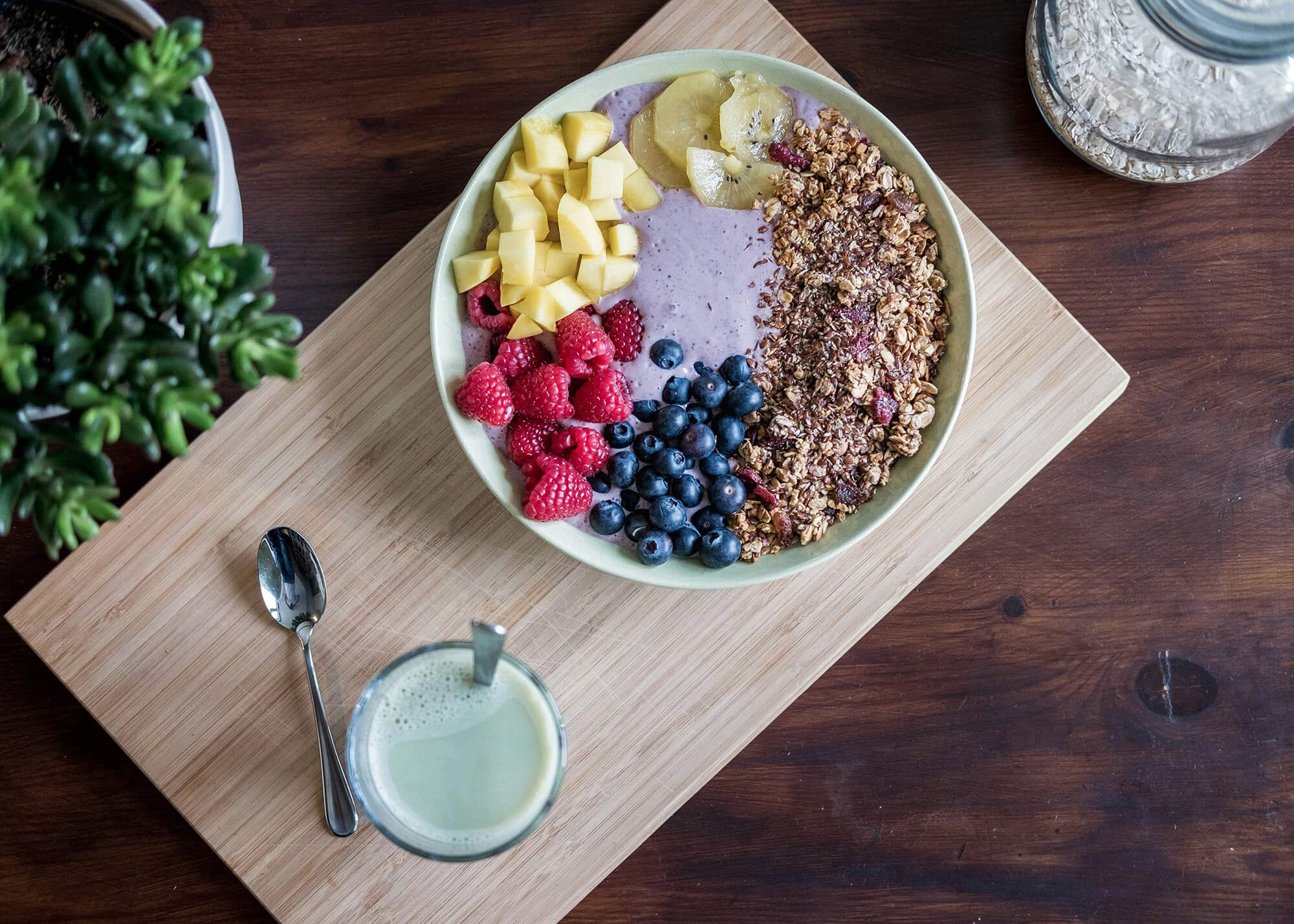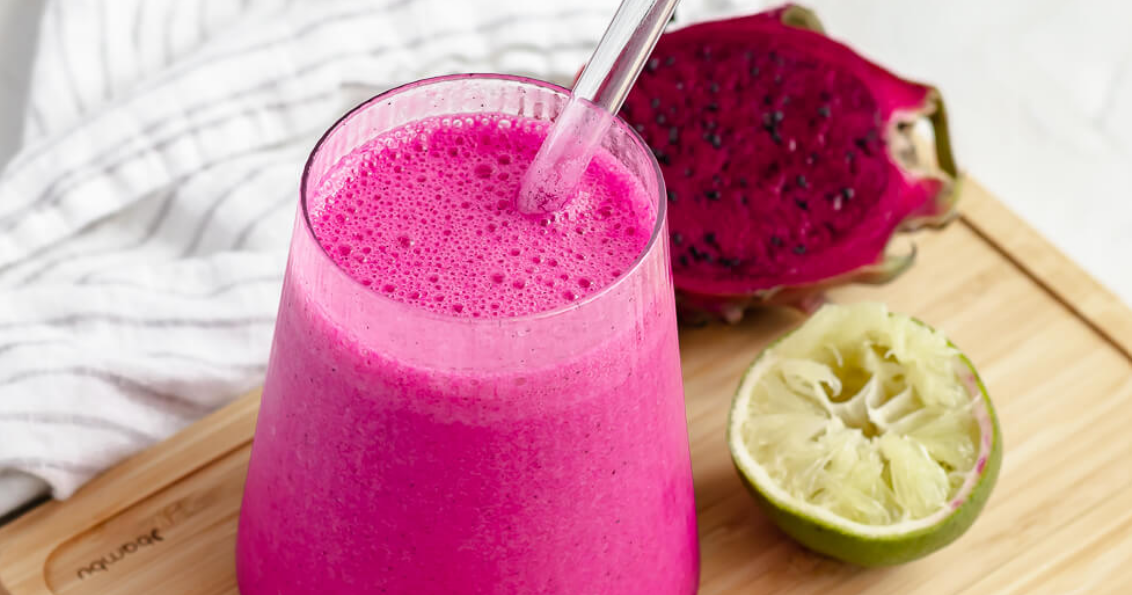
The Blog
Tips for Healing IBS Symptoms and GI Nutrition
Ehlers-Danlos Syndrome and Gastroparesis
GI conditions are very common in people with Ehlers-Danlos Syndrome. hEDS/HSD and constipation are discussed in this article.
Gastroparesis and Constipation - Have both?
One-third of gastroparesis sufferers also have severe constipation. Read more about it here.
Gastroparesis Nutrition
What is gastroparesis and what are the symptoms? Check out this article to learn the answers to these questions and get some gastroparesis nutrition tips.
The FODMAP Gentle Diet
Sometimes the traditional low FODMAP diet is more than you need. Find out if the FODMAP Gentle diet is right for you.
The Best Low FODMAP Breads (U.S.)
It’s hard to find low FODMAP bread unless you know where to look. I compiled a handy list for you to make your grocery shopping on the low FODMAP diet easier.
Super-Easy Low FODMAP Lunch Ideas
Why is lunch hard? Because so many typical choices for lunch outside the home involve sandwiches or choosing foods in a cafeteria or restaurant. All of these options can make it hard to stick with the low FODMAP diet during the elimination and trial phases.
Avoiding Gluten Due to Belly Bloat?
Once, a long, long time ago when I was just starting out in my nutrition career, I learned about the gluten-free diet. It was, and is, prescribed for adults and children who were diagnosed with celiac disease. If you’re not familiar, celiac disease is an autoimmune disorder that causes a person to have an immune-type reaction to eating gluten.
Pros and Cons of the LFD
The low FODMAP diet (LFD) has been gaining popularity in the last few years. If you’re reading this, I’m assuming that you know at least a little bit about it. In a nutshell, this is a diet used in the treatment of irritable bowel syndrome or IBS. Its focus is to eliminate and then add back certain small-chain carbohydrates in many foods we eat.
Phase 3 of The Low Fodmap Diet
Phase 3 is where you take all the information you learned about how your body reacts to these foods, and you start to incorporate them into your diet. This phase should not be ignored or taken too lightly. Remember, by this time your body has been exposed to very low amounts of the small-chain carbohydrates known as FODMAPs, and you should be feeling pretty good.
Phase 2 of The Low Fodmap Diet
Today, I want to dive into the exciting phase 2 of the diet, which is considered the challenge phase. I say exciting because it’s the phase where you get to act as a scientist and test foods on yourself. Phase 1 is all about avoiding each of the FODMAPs until you feel better. Then in phase 2, you can determine which foods actually cause you to have symptoms and which ones don’t.
Phase 1 of The Low Fodmap Diet
The LFD has been used successfully in the treatment of irritable bowel syndrome, or IBS, for years. When working with a trained dietitian, the success rate is up to 80%, so you can see why it’s become so popular. In fact, any treatment, including medication, has at the most an 80% success rate. When it comes to feeling better with either diet or medication, I know I would choose diet every time.
The Low FODMAP Diet
If you have some type of gastrointestinal disorder, especially irritable bowel syndrome (IBS), you may have heard of the low FODMAP diet. I know it sounds strange. That’s exactly what I thought the first time I heard it. What in the world is that, and is it a legitimate diet or some type of fad?












